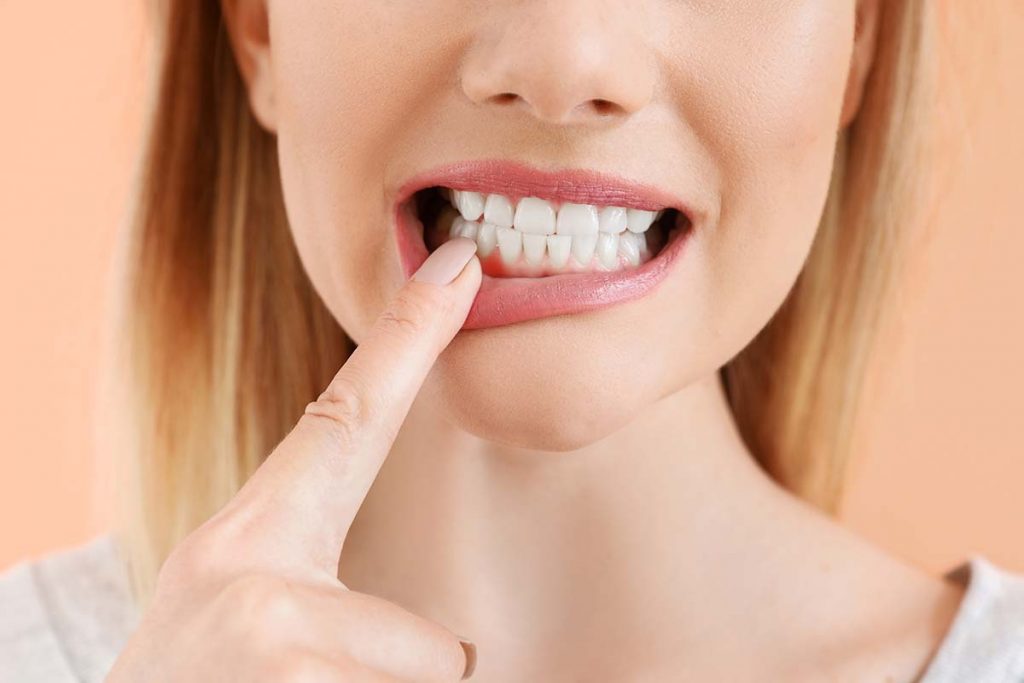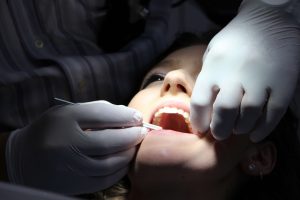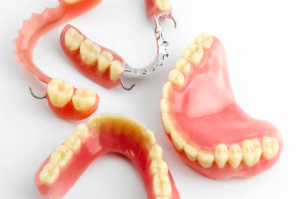
A healthy mouth is a home to a diverse and dynamic bacterial community. The presence of oral microorganisms, in fact, is generally advantageous to the mouth’s health. Dental plaque, which is a soft, sticky film that accumulates on teeth every day, allows oral bacteria to attach to teeth and gums. The balance of oral bacteria in the mouth alters to dangerous proportions as a result of dental plaque overgrowth and tartar formation. This causes gum disease and other gum problems to develop. Let’s first have a look at what gum disease and other gum problems are and the cause and symptoms of the gum disease.
What is Gum Disease?
Gum disease is a frequent disorder in which the gums swell, become irritated, or get infected. It’s a disease that affects the tissues that keep your teeth in place. Plaque which is a bacteria-laden sticky material accumulation on the teeth causes gum disease. If you do not brush your teeth to eliminate plaque, it will build up and irritate your gums, resulting in redness, bleeding, swelling, and pain.
Gingivitis
Gingivitis is a term used to describe the early stages of gum disease. Gingivitis affects the majority of people at some point in their life, and its mild symptoms make it easy to overlook. Although gingivitis does not always lead to periodontitis which is a more severe gum disease it can still develop if not treated. This has an impact on the tissues that support and retain teeth in place.
Periodontitis
Gum disease, also known as periodontitis, is a dangerous inflammation of the gums that affects the soft tissue and, if left untreated, can destroy the bone that supports your teeth. Periodontitis causes the inner layer of the gum and bone to pull away from the teeth, forming pockets. These microscopic areas between teeth and gums gather dirt and can become infections if left untreated. As plaque spreads and grows below the gum line, the body’s immune system attacks the bacteria.
Causes of Gum Disease
Gum disease is caused mostly by plaque. Other factors, however, can have a role in periodontal disease. These are some of them:
- Gum disease is made simpler by poor oral hygiene habits such as not brushing and flossing on a daily basis.
- Gum disease can be caused by a variety of illnesses. Because diabetes impairs the body’s capacity to use blood sugar, diabetics are more likely to get infections, such as periodontal disease and cavities.
- Hormonal changes like those that occur during pregnancy, puberty, menopause, and monthly menstruation make gums more sensitive, making gingivitis more likely to develop.
- Medications can have an impact on oral health because some of them reduce saliva flow, which protects teeth and gums.
- The development of periodontitis might also be influenced by a family history of dental disease.
Symptoms of Gum Disease
Even in the late stages of gum disease, the disease may advance painlessly with few visible indications. Gums that are healthy are firm, pale pink, and fit snugly around teeth. Periodontitis can cause the following signs and symptoms:
- Gums that bleed when brushing
- Swollen or puffy gums
- Gums that are delicate to the touch
- Bad breath or a bad taste in the mouth that persists
- Teeth that are loose or missing
- Pain while chewing
Even if you do not have symptoms you might still have gum disease.
Other Gum Problems
Along with gingivitis and periodontitis, there are other gum problems you might encounter throughout your life such as gum recession and gum abscess.
Gum Recession
Gum recession is a common gum problem among adults. It occurs when the gum line peels away from the tooth’s initial connection, exposing the root (or cementum). Gum recession causes “pockets,” or gaps, between the teeth and the gum line, allowing disease-causing bacteria to thrive. Without treatment, the supporting tissue and bone components of the teeth might be severely compromised, leading to tooth loss.
Gum Abscess:
A gum abscess is a painful illness that can have significant consequences. It’s a pus-filled pocket that can appear anywhere on your body, including the inside of your mouth. When bacteria in the mouth causes an infection in the space between the teeth and the gums, a gum abscess develops. Periodontitis, which is caused by poor oral hygiene, causes some gum abscesses.
Treatment of Gum Disease and Other Gum Problems
In case of any gum disease or problem prompt treatment usually prevents the progression and the chance for the problem to become a more serious disease or even lead to a tooth loss.
Periodontitis treatment aims to clean the pockets around teeth properly and prevent harm to the surrounding bone. A periodontist, a dentist, or a dental hygienist may execute the procedure.
Gingivitis normally goes away after a professional cleaning, as long as you keep up with appropriate dental care at home.
You may also have to use antibiotics or other medication for the treatment of gum problems.
As all gum problems, periodontitis and gingivitis are frequent conditions that can be avoided in most cases. Poor oral hygiene is frequently the cause. Brushing your teeth at least twice a day, flossing daily, and seeing your dentist on a regular basis can considerably enhance your odds of successfully treating periodontitis and lowering your risk of acquiring it. Remember the dentist is the mouth’s primary care provider, and he or she will be able to provide all of the facts and information required for diagnosing and treating gum disease.
Hope this article will give you information all about gum disease and other gum problems. You can read our previous post on https://smileteamturkey.com/blog/how-long-do-veneers-last/





